Natural Remedies for Postpartum Healing and Recovery
Many moms prefer natural remedies for postpartum healing. It must be because the term “natural” for a long time sounds so clean and healthy. And thankfully, there’s not much to take orally if you had a healthy pregnancy and natural birth.
Natural remedies are those that don’t call for the use of over-the-counter drugs or medicines. A number of people use them as preventative actions against various ailments. Using natural remedies helps them heal easily without worrying about side effects from medication.
It also makes moms think, how do you heal naturally after giving birth?
It’s no secret that giving birth is taxing. That said, the first six weeks postpartum are considered mom’s recovery period. However, it won’t mean that your body is back to normal after this.
During the 4th trimester, moms may experience soreness in the vaginal area, exhaustion and many others. The cool thing is our bodies work to heal and rebuild themselves when given the time and help they need.
The wonderful thing about natural remedies is that they can be as basic as taking a walk in the park and enjoying nature.
Here are the challenges and pains moms go through, and the after-birth remedies you can administer.
Physical Recovery
For sure the pain during labor is one for the books. But the aches that come after delivery? They also make a good story.
Perineum pain
The intense pressure of pushing a baby out of the birth canal can get your perineum area swollen. Not to mention, if needed, your doctor may perform an episiotomy or cutting in the perineal tissue to widen the vaginal opening for your baby. I mean, just describing it hurts already.
If you pushed before having a c-section, expect tenderness and discomfort too.
What to do:
A peri bottle (or spray bottle) with warm water can make it easier for you to clean your sensitive parts. Using it offers relief from the sting if you’ve had tears.
Sitz bath is sitting in a warm, shallow bath to relieve soreness and pain from perineal tears and hemorrhoids. Basins for this treatment are now available online. You can take the healing to the next level by adding herbs and essential oils like lavender, chamomile, and tea tree oil. Let your doctor know first before doing the soak.
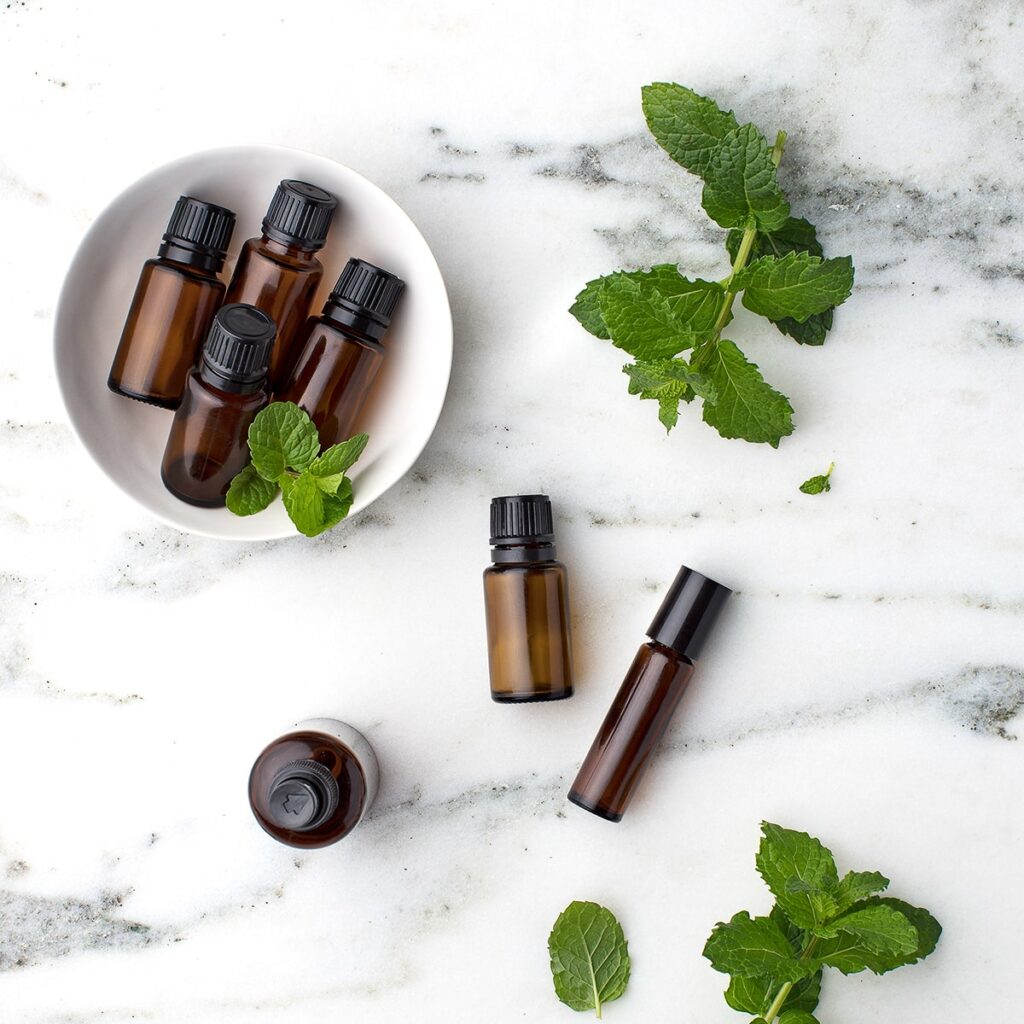
Another soothing remedy is using ice packs or padsicles on your perineum area. The cooling sensation will provide relief and reduce inflammation. Make this ahead of time by having sanitary pads sprayed with witch hazel, placed in a clean container, and then stored in the freezer.
There’s also the Buds & Blooms Witch Hazel Perineal Spray if you don’t have the time to prepare for padsicles.
One natural remedy for wound healing that is still somehow popular here in the Philippines is the use of guava leaves. After boiling the leaves, wait until the water is lukewarm then use it as an antiseptic wash for a mom who had a normal (vaginal) delivery.
Constipation
If you’ve been to online social groups for new moms, you’ll see how women are curious and scared of having the first bowel movement after giving birth. Your weak abdominal muscles and postpartum medicines can make stools harder to pass.
What to do:
Drink plenty of water and make sure that your diet consists of high-fiber foods. Think whole grains, dried prunes, probiotics. Most women are also prescribed stool softeners.
Bleeding and Afterpains
One perk of being pregnant was not having your monthly period. But then after giving birth, you will have postpartum bleeding or lochia as your body sheds uterine lining, blood and mucus. This discharge is partnered with afterpains or cramping for about 10 days as your uterus works to shrink back to its pre-pregnancy size. It ranges from uncomfortable to painful especially if you are breastfeeding.
What to do:
I’m guessing you are not excited to go back to wearing sanitary pads. Who is, right? But without many options, it will be your go-to. Menstrual cups or tampons aren’t advised post-delivery because they run the risk of infection. You can try herbal-infused pads said to have soothing and cooling properties for your nether regions. You may try reusable pads too for a friendlier environmental impact.
For uterine contractions, try a heat pack or a hot water bottle. Keep your bladder empty and go over the breathing and relaxation exercises you mastered during labor.
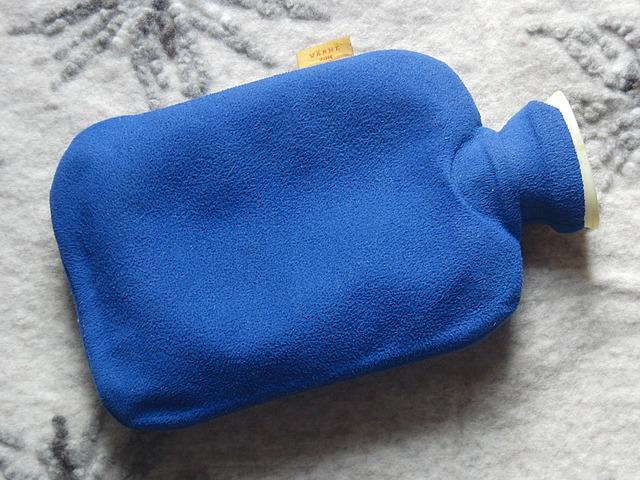
C-section Incision Pain
Well, you can’t skip the antibiotics. The surgery will require you to take antibiotics to reduce the risk of infections. As for the pain relievers, I was instructed to take them until I can go without them. Real talk though: your incision can hurt for more than three months.
What to do:
Wear an abdominal binder during the daytime as this will support your weakened abdominal muscles. This belly band also helps not to increase strain on your core and encourages your body to return to its pre-baby shape. Whenever you sneeze, cough, or laugh, place your hand against your abdomen (splinting) to counter the pain of muscle contractions. Use comfortable underwear like the high-waisted ones to cover your abdomen entirely, or the low-cut ones that won’t reach your incision site.
Body pains & Fatigue
I used to pride myself on not having those body aches people my age are starting to get. Exercise indeed gave me the perks although what I used to do wasn’t even rigorous. Come postpartum, I developed back pain so bad I couldn’t even move from our bed for a period.
Back pain is common for c-section moms. You should see the passion we have when talking about it with each other. The pain could be because of the constant lifting and carrying of your baby. It could also be because of your posture when breastfeeding. And then it could be an effect of the anesthesia you received during the surgery.
Another major challenge for me was dizziness. I was woozy for more than three months.
What to do:
Always ask your doctor’s advice. Ideally, you should be doing light exercise when you are still pregnant. Workouts may vary depending on how you delivered and your health status before and after birth. Check out these postpartum fitness tips for new moms.
Try to mind your posture when breastfeeding. Keep your back straight or be sure that you are comfortable with your position because nursing can take up to an hour.
Eat healthily and drink lots of water. You can also have a massage as a thank you to your body. Take your postnatal vitamins and take a rest.
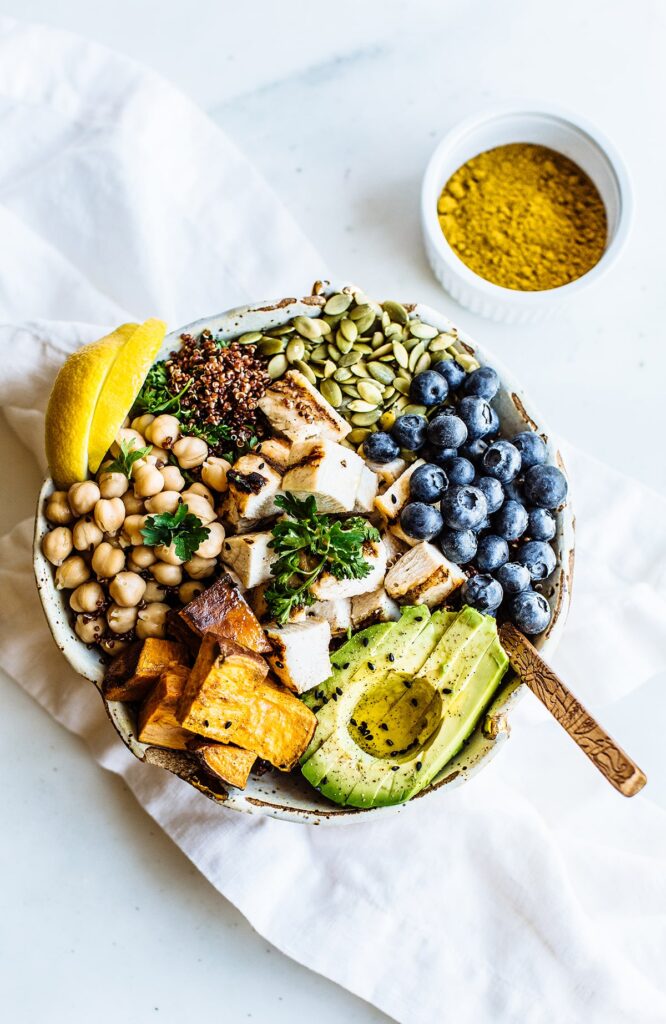
Mental & Emotional Challenges
Happiness may not be the only feeling you’ll have after giving birth. But if you were swept away magically the moment you see your newborn, soak the feeling in.
Baby blues
Welcoming a baby is not all fireworks and roses. In the first days postpartum, four out of five moms experience baby blues. It is the unexplainable feelings of sadness and irritability most likely brought about by fluctuating hormones. The sudden change in your role may also contribute to the overwhelming feeling you get after giving birth.
I belong to the 80% of mothers who’s experienced this. My thoughts and emotions swirled like a hurricane brewing in my body. At the same time, I felt like a meteorologist observing me.
What to do:
Baby blues last for two weeks. It is best to read articles about it while you are still pregnant. Remind yourself that it is normal, crying is normal, and this too shall pass. Practice deep breathing and don’t be shy to ask for help, whether it is for you or for your newborn.
If you can spare time, watch videos or read stories of mothers sharing their thoughts and experiences online. Baby tracker apps (eg. What To Expect, BabyCenter) are also posting relatable and funny content on their social media platforms for you to digest.
Postpartum Depression (PPD)
Unlike baby blues that fade on their own, Postpartum Depression can go longer and can be intense. Some of its symptoms are feeling worthless, hopeless, and anxious. There’s also a loss of appetite, interest, and motivation as well as frequent crying. The exact cause of PPD is unknown although hormones may play a part.
If you suspect you have it, visit your doctor so she can talk to you about your feelings and thoughts. Do not postpone your doctor’s appointment just because you think it is embarrassing. There is nothing to be ashamed and what matters is the help you need and will get when diagnosed.
What to do:
PPD is often treated with talk therapy and antidepressants. Having a healthy lifestyle may also help in recovery. Think of nutritious food and exercise and avoid alcohol. Do not isolate yourself. Instead, talk to people close to you. Ask for help also from loved ones so you can sleep more and do things you enjoy. Take time to go out for entertainment or for a cup of coffee with friends. Breathing in the fresh air and getting some vitamin D from the sun can also make you feel better.
Breastfeeding Challenges
Since you don’t see how much milk your baby is getting, you will wonder and worry if he’s receiving enough or any. Aside from reading about breastfeeding before giving birth, seeking help from a lactation consultant may ease your mind. Bonus if she can do lactation massage too.
Painful breastfeeding from sore nipples
Breastfeeding shouldn’t be painful and yet it is normal to have sore and cracked nipples in the beginning, especially for first-time moms. The number one reason for this is an incorrect latch. Aside from it wounding you, it also means your baby isn’t draining your breast effectively. It can lead to poor weight gain for your newborn and a low milk supply for you.
What to do:
Get your newborn to latch properly. You may have to adjust his position or use a nursing pillow for added support. For cracked nipples, many swear that breastmilk alone can heal them. Just dab your milk around your areola. I still recommend nipple balms though. If you want to DIY and you have access to these ingredients, go ahead and try it. If not, you can buy organic creams online.
Engorged breasts
This is something I did not expect. I had it for a couple of days, starting on the fourth day after giving birth. The only upside of it was being assured I have milk. There was no way rock-hard and full, achy boobs don’t have anything in them. Plus, they leak too whenever my baby was nursing (or when the thought of my baby crossed my mind).
Take note though that not all women experience breast engorgement. If you do, try these tips below. These will also prevent you from having clogged milk ducts and mastitis (breast infection).
What to do:
Drain your breasts by nursing every two to three hours. You may also express milk using a silicone milk catcher or an electric pump. Using a warm compress partnered with massage will also encourage milk letdown.
Postpartum Recovery Tips
Postpartum is a whirlwind. It would feel like you never have time for anything other than being busy with your newborn and being tired.
Remind yourself that recovering is also a priority.
Embrace the change in your life and look after yourself at the same time. Dig in fruits and veggies, do not lift heavy objects, and try not to think negative thoughts. Enlist the help of family members when it comes to cleaning the house and meal preparation. Assign your husband particular duties like changing diapers and burping the baby.
Enjoy researching answers, have fun learning the ropes of being a mama, and take things one at a time. Be in comfortable clothes (hello nursing wear!) and find humor in everything.
Lastly, there is no substitute for sleep. Coffee can only do so much. 🙂 Have the shut-eye you need and take care of your mind and body.


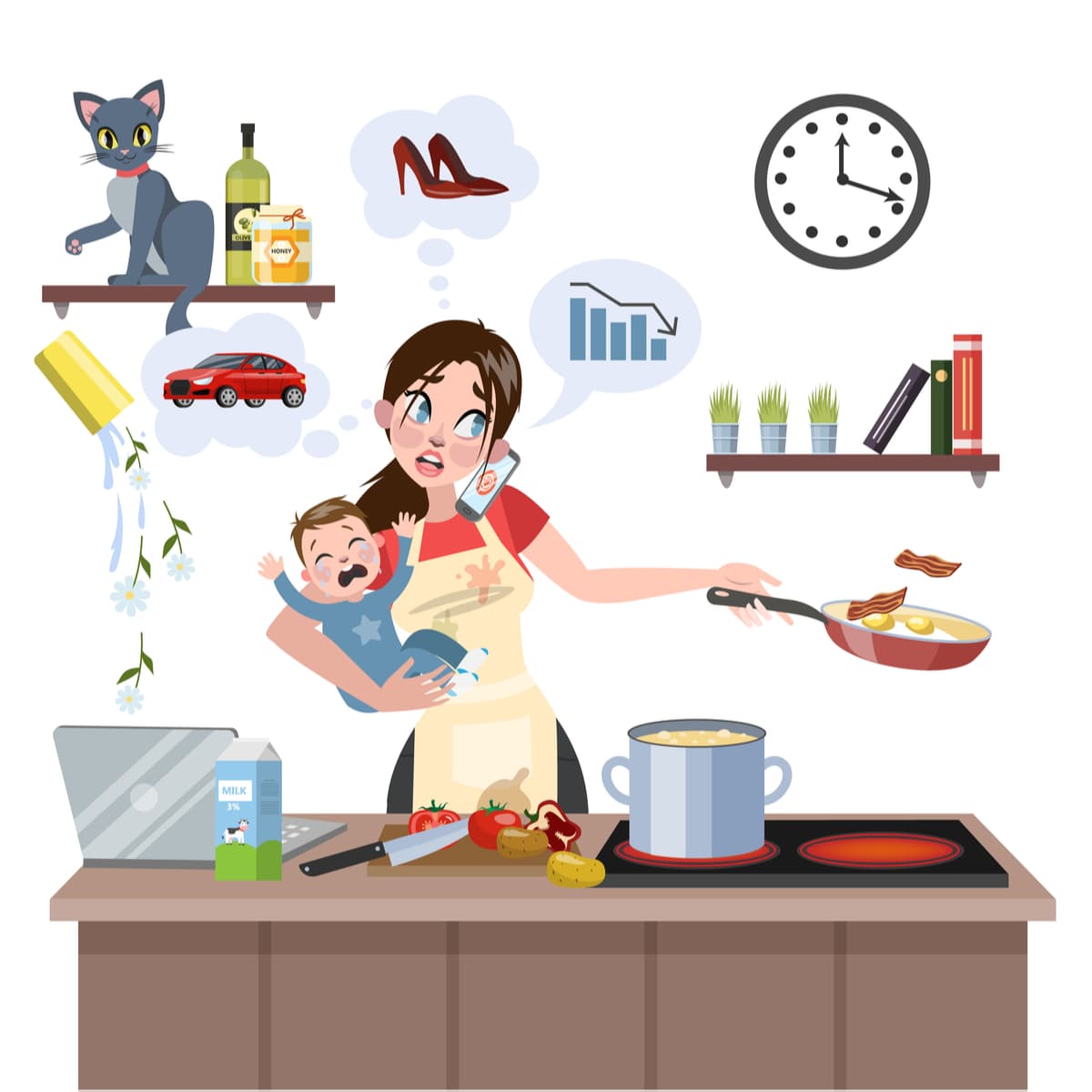

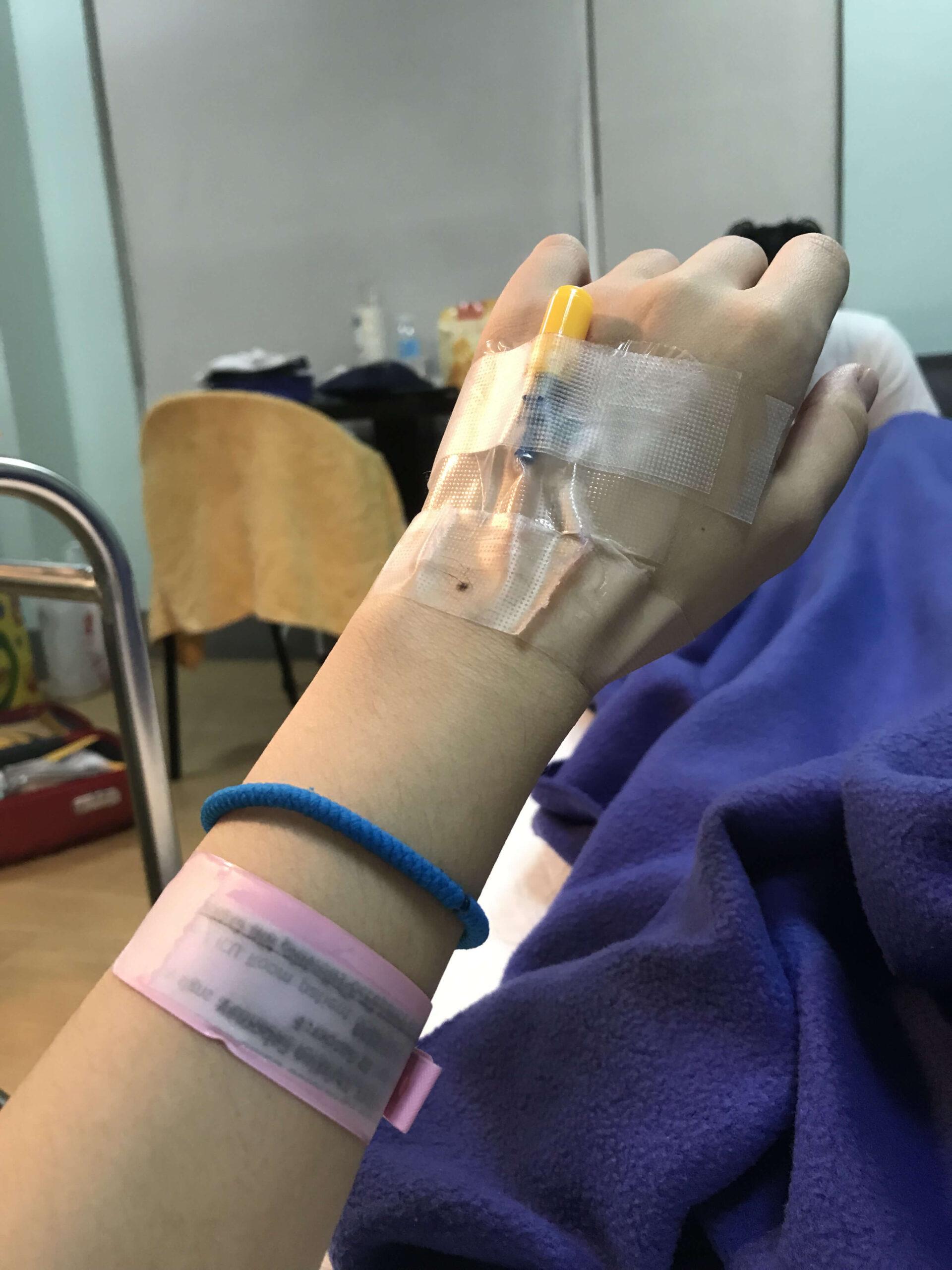

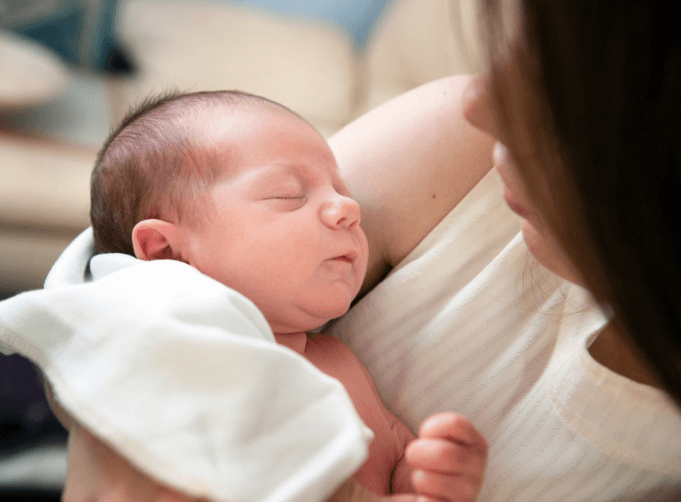

One Comment